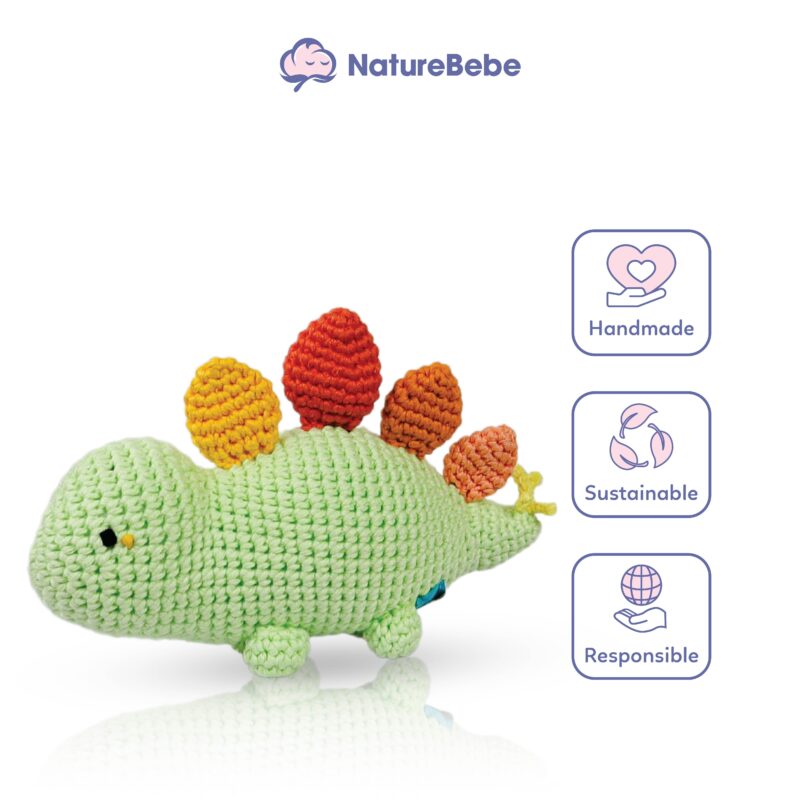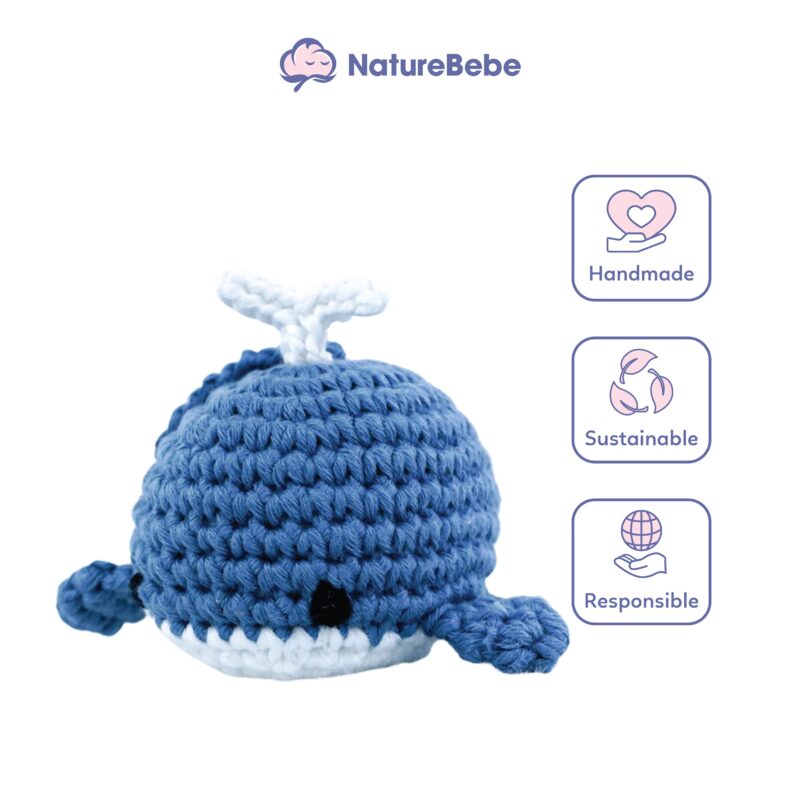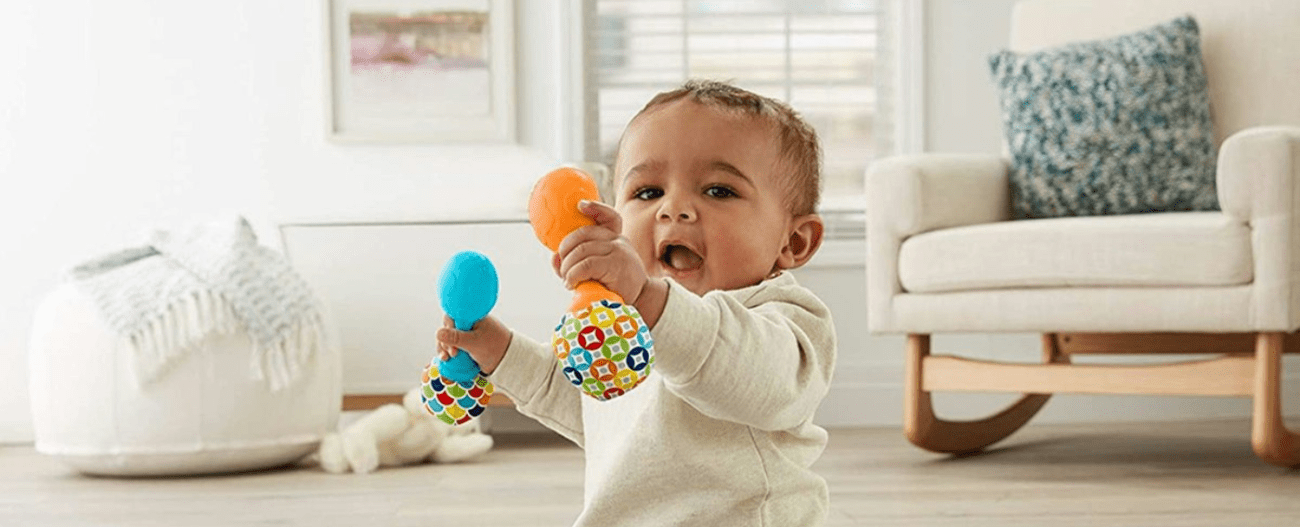Sleep is crucial for the well-being and development of infants, influencing their growth, cognitive abilities, and overall health. In this guide, we’ll delve into prominent facts and providing actionable insights for parents of babies.
Your baby’s sleep journey in the first year
Over the first year of a baby’s life, his patterns undergo changes: the required number of hours for sleep and the duration of each period throughout day and night.
From zero to four months, newborns’ sleep requirements exhibit a wide range: they can vary from as little as 11 hours to an impressive maximum of 19 within each day. However, this total is typically broken into shorter periods—adapted for feeding needs, diaper changes and family interaction—for optimal convenience; breastfed infants often necessitate more frequent eating sessions when compared with their bottle-fed counterparts.
The American Academy of Sleep Medicine recommends parents should not fret if their newborn’s sleep pattern does not align with the projected amounts; indeed, these quantities may fluctuate until the first four months.
Around the age of 4 months, an infant’s daily sleep needs decrease to approximately 12-16 hours; furthermore, during this period–their sleep begins consolidating into longer periods.
Babies can extend their feeding intervals as they mature; during this developmental phase, most babies begin sleeping through the night. However, exceptions exist within this general pattern.
From six months onward, babies primarily sleep during the night for a duration of 6 to 12 months. Yet, factors like teething, growth spurts, illnesses or sleep regressions might instigate nighttime awakenings. At this stage when infants do not sleep through the night consistently: parents could consider employing more targeted sleep-training strategies.
Human development necessitates essential sleep. Intensely active during this period, the brain constructs foundations for our growth and learning processes: behavior development, emotion formation and other crucial aspects.
Fussing, crying, yawning, or rubbing their eyes: these are the cues your baby usually employs to signal readiness for sleep. Establish a schedule aligned with these indicators; however—deviating significantly from this recommendation may not only jeopardize your infant’s health but also indicate an underlying issue.
By their first birthday, you can realistically aim to ensure your baby sleeps through the night consistently; as they transition into toddlerhood and then school-age years, their sleep requirements will start resembling those of adults more.
Common Baby Sleep Challenges
#1. Sleeping Only When Held or Rocked
It’s not uncommon for babies to initially prefer falling asleep in the comfort of your arms or while being rocked. To transition your baby into independent sleep, try putting them down right after a feed, when they are content and full. This might be challenging at first, but it becomes easier as your baby grows and becomes more alert for longer periods.
#2. Late Afternoon Naps Affecting Bedtime
At around 5 to 6 months, babies often drop their late afternoon nap. If your baby still doze off during this time, it can disrupt bedtime. Minimize late afternoon car trips or buggy rides to avoid unintentional naps. If it happens, adjust bedtime accordingly, putting your baby down a bit later.
#3. Resistance to Daytime Naps
Around the 7-month mark, babies can become more curious and resist daytime naps. While they may need less sleep, shorter naps are still crucial. Be persistent, and with time, your baby will settle into a nap routine again as they become more accustomed to their evolving sleep patterns.
#4. Falling Asleep While Breastfeeding
It’s common for babies to doze off during breastfeeding. This isn’t a concern, but it’s essential to feed until you think your baby has had enough. If you want to avoid creating a sleep association with feeding, try not to feed them to sleep as they get older, especially past 6 months.
#5. Frequent Night Waking
In the early weeks, babies may wake frequently during the night for feeding. As they grow, their sleep patterns become more predictable. Consider strategies like resting at the same time with your baby during the day and accepting help to manage the challenges of night waking.
#6. Pacifier Dependency
While pacifiers are recommended, some babies may become too reliant on them. If constantly replacing the pacifier becomes disruptive, consider gentle coaching to help your baby learn to fall and stay asleep without it.
#7. Transitioning from Cosleeping

If you’re ready to transition from cosleeping, introduce a new sleeping space gradually. Start with naps in their own space and spend positive time in their room. Transitioning from cosleeping should be intentional, creating a comfortable environment for your baby to sleep independently.
How To Help Your Baby Get To Sleep
As the problems keep arising, helping your baby get to sleep and stay asleep is a common concern for many parents. In general, it involves creating a comfortable environment, establishing routines, and understanding your little one’s sleep patterns. Here are some tips that help you do just that:
#1. Consistent Bedtime Routine
A consistent bedtime routine can make a significant difference. Establishing a predictable sequence of calming activities, such as a warm bath, a favorite bedtime story, or a lullaby, helps signal to your baby that it’s time to wind down. It’s crucial to keep the routine simple, short, and soothing to avoid overstimulation.
#2. Follow a Daily Routine
Maintain a consistent daily routine for your baby. This includes regular times for naps, meals, play, and bedtime. Predictability helps your baby feel safe and secure, making them more likely to fall asleep without resistance. Ensure that any naps are scheduled before 3 pm to avoid interfering with nighttime sleep.

#3. Swaddling for Comfort
Swaddling can be an effective method, especially for newborns. It prevents involuntary movements that might startle them awake. Ensure the swaddle is not too tight, allowing the baby to bend their legs. However, swaddling should be discontinued once the baby shows signs of rolling over, usually around 4 months.
#4. Room Sharing for Safety
Experts recommend having your baby sleep in the same room with you, preferably in a crib, bassinet, or another infant-specific structure. This practice can reduce the risk of Sudden Infant Death Syndrome (SIDS). A firm, flat mattress and a smoke-free environment further contribute to safe sleep.
#5. Timing is Critical
Understanding your baby’s natural biological rhythms is essential. Recognize signs of sleepiness, such as stillness, disinterest, and staring off into space. Placing your baby in the crib while drowsy, but not fully asleep, establishes positive sleep associations.
#6. Optimal Sleep Environment
Ensure your baby’s comfort by checking for factors like diaper changes, feeding, appropriate dressing, and maintaining a cool but comfortable room temperature. Darkening the room, using a night-light, and playing soothing sounds contribute to a conducive sleep environment.
#7. Strike a Balance at Night
When attending to your baby’s needs at night, strike a balance between allowing them to self-soothe and addressing their needs. Avoid turning on bright lights and keep the environment calm during nighttime interactions.
#8. Avoid giving your baby a dummy at night
If your baby relies on a pacifier to fall asleep, consider substituting it with a favorite cotton cuddly toy or blanket. Going cold turkey is often more effective than a gradual removal. This helps prevent disruptions if the pacifier is lost during the night.



The Bottom Line
Helping your baby sleep well involves a combination of understanding their individual needs, creating a calming environment, and following a consistent routine. Follow these solutions with patience and persistence are key as you navigate the challenges and joys of helping your baby have better sleep.













